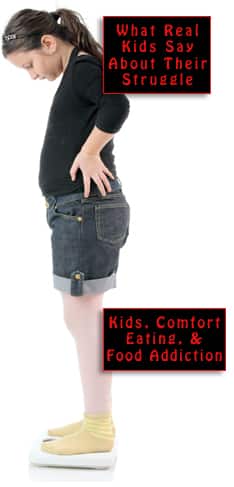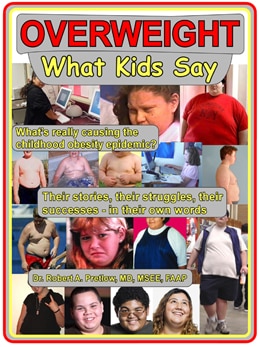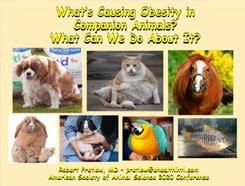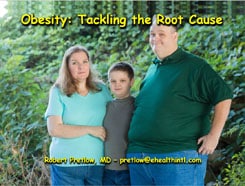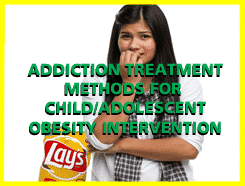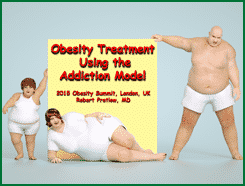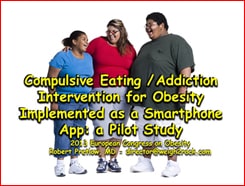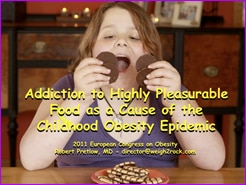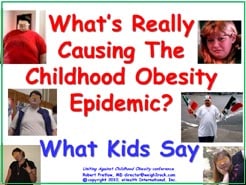Coronavirus Chronicles — Got the Jab, What Next?

This continues the topic of the previous post. What does it mean to be fully vaccinated against COVID-19? It means you have had both shots, if it’s that type of vaccine, or the one shot, if it’s the other kind. Then, another two weeks must go by. Infection can’t typically be identified right away. It has to stew for a while before it becomes detectable for testing. So, during this after-shot period, you are still considered vulnerable, and if exposed to an infected person, should quarantine for two additional weeks, and then be tested.
Of course, that only works if you are lucky enough to be aware of the risk. Anyone you run into could be a sick person who doesn’t know yet that they are sick. You could encounter an asymptomatic or pre-symptomatic person who might pass the virus on to you before your vaccine has a chance to kick in. Which is why the handwash-mask-distance lifestyle continues, even after vaccination.
No one knows
Three months later, all bets are off, because the length of immunity is anybody’s guess. It is really too early to tell, but like everything else in life, the effort to get rid of this virus is multifactorial. A lot of different influences are in play. Sometimes, it doesn’t work out.
As one example, alarming news came out earlier this month: “4 people in Oregon test positive for coronavirus after receiving both doses of vaccine.” They were, by definition, “fully vaccinated.” And yet, they caught it anyway:
Oregon is among the first states nationwide to report “breakthrough cases” — people who test positive for coronavirus at least 14 days after receiving their second dose of the COVID-19 vaccine… The four people had mild or no symptoms. Officials say that studies show that the vaccine may help reduce the severity of the illness.
This is, basically, what it means to have a 95% effectiveness rate. It means that 5% of the people still might catch it. The vaccine is not guaranteed to stop anyone from contracting the virus. What it can do is make your case a lot less serious, and probably keep you from dying.
Really, no matter what a person’s vaccination status is, it makes sense, in the interest of sheer self-preservation, to stick with the routine. At the same time, while taking care of ourselves, we are also extending this care to others. But the way is not always clear. Journalist and former biologist Yasmin Tayag writes,
The changes to the CDC’s guidance imply that a person who has been fully vaccinated is not at risk of becoming infected with Covid-19 after coming into contact with someone who has tested positive.
“Imply” is the operative word there. Even with brilliant science trying its hardest, it might be best to not take anything for granted. To put it another way, the January/ February edition of the AARP Bulletin (print) says,
[T]he vaccine itself doesn’t prevent you from contracting the virus; it simply prepares your body to mount a vigorous defense so that if you do become infected, the resulting illness is far less likely to be life-threatening.
To make the point once again, apparently, the vaccine itself doesn’t prevent a person from spreading the virus. If you are vaccinated, there are strong indications that you can still transmit the disease to others. It is still possible to endanger co-workers, seniors and other vulnerable populations, and children. Hopefully, we will try very hard not to.
Your responses and feedback are welcome!
Source: “4 people in Oregon test positive for coronavirus after receiving both doses of vaccine,” KTLA.com, 02/12/21
Source: “CDC Issues Welcome Guidance on Quarantining for Vaccinated People,” Medium.com, 02/11/21
Image by Leah Iacobucci/Public Domain










 FAQs and Media Requests:
FAQs and Media Requests: 